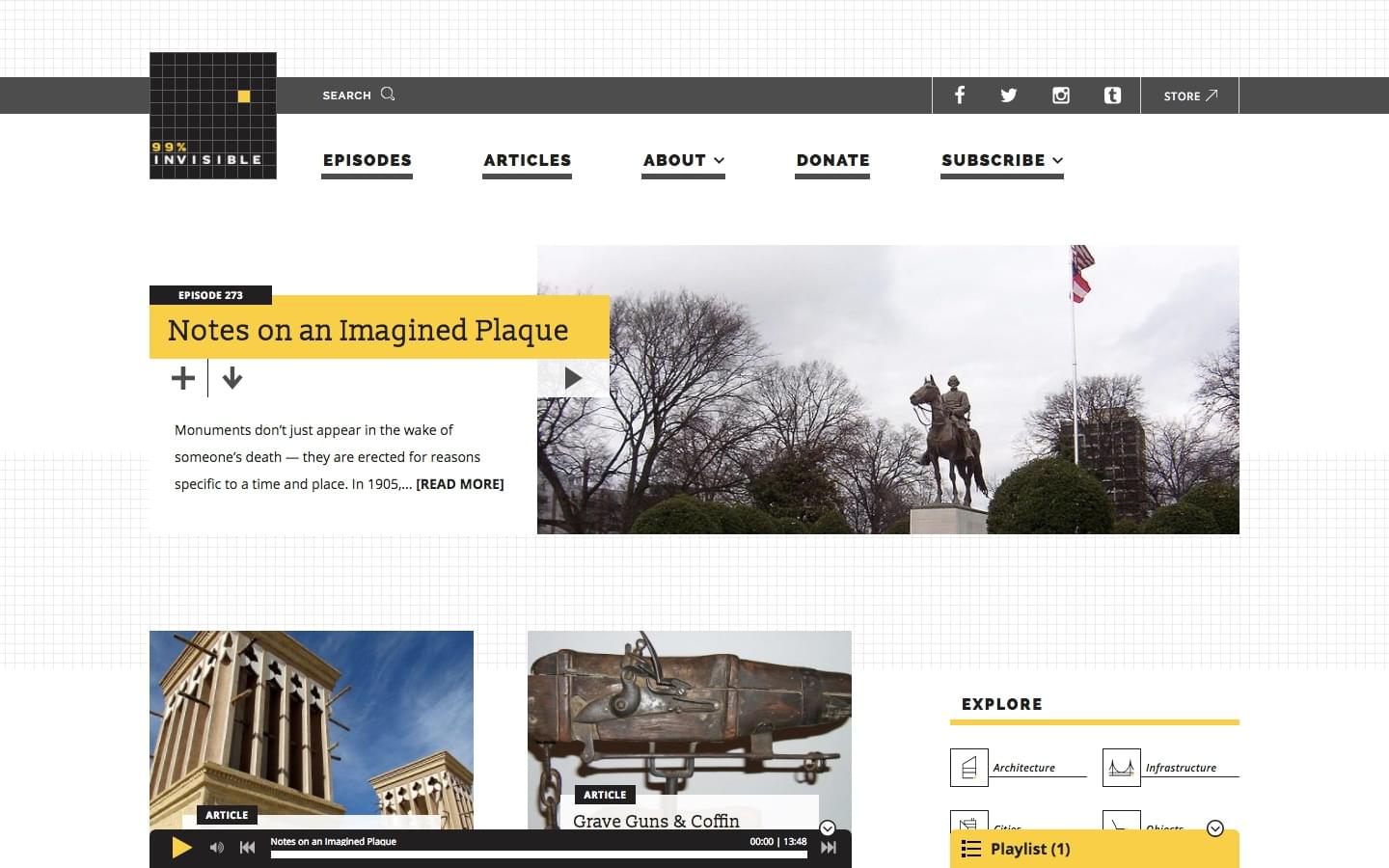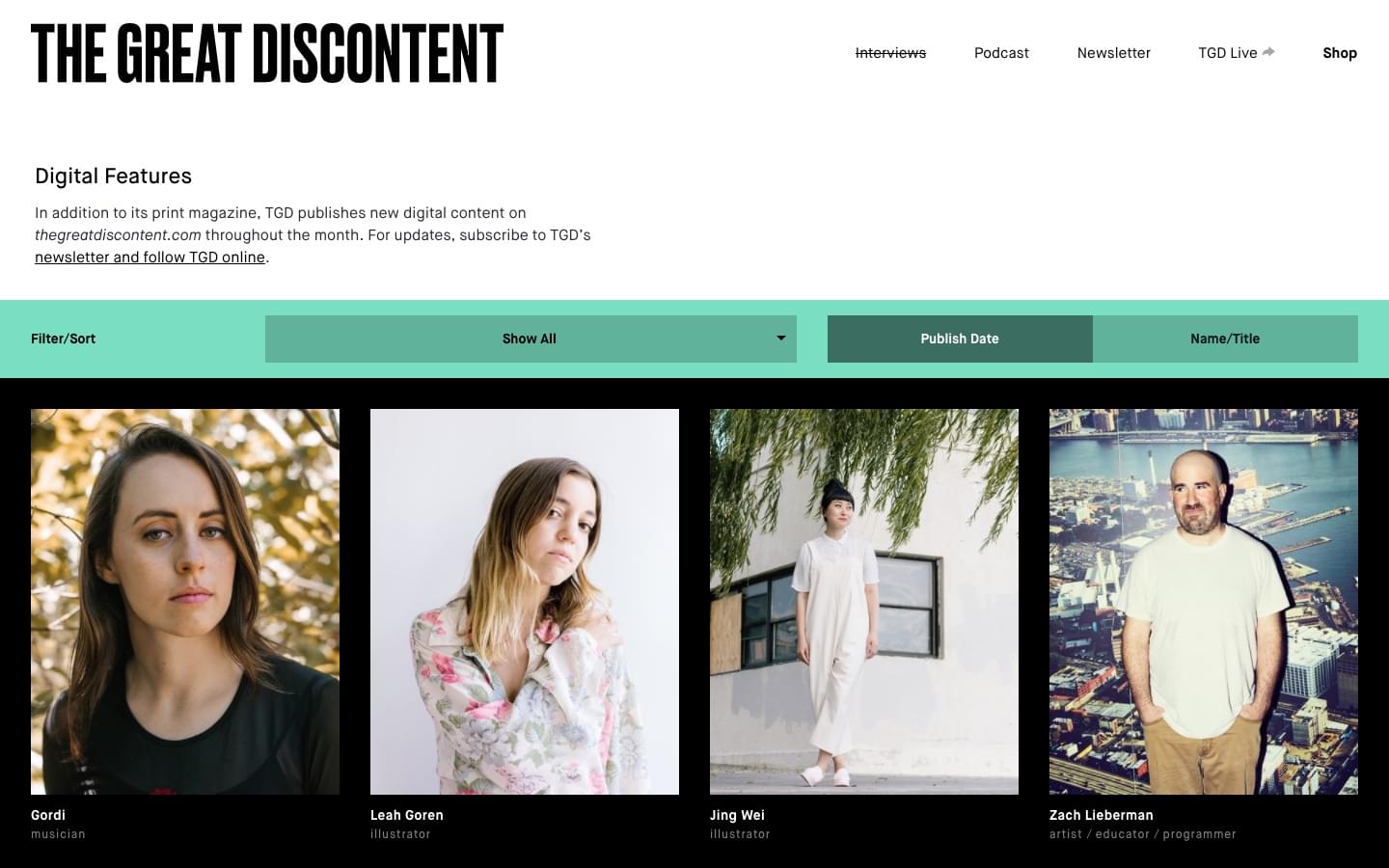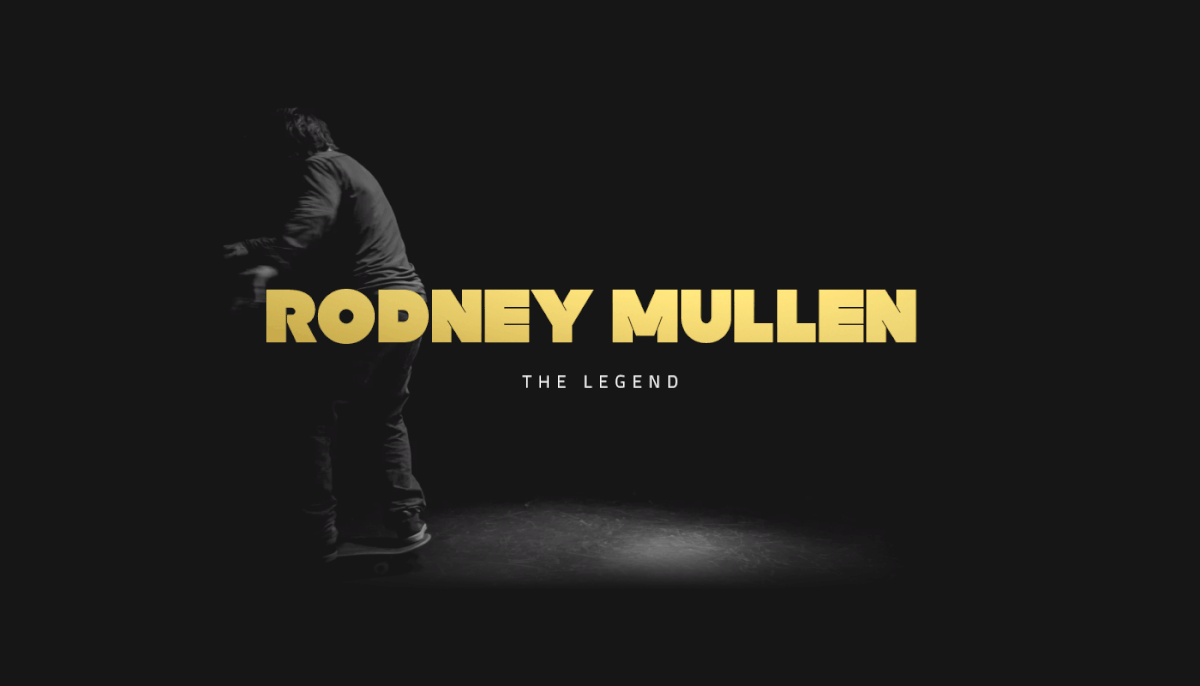Collective #345
Original Source: http://feedproxy.google.com/~r/tympanus/~3/934usKP_vHg/

Inspirational Website of the Week: Rich Brown
A fantastic web experience with incredible smoothness and an innovative design.
Get inspired

This content is sponsored via Syndicate Ads
HelloSign API: The Industry’s Fastest eSignature API Integration
Squeaky clean documentation that gets you testing in seconds. Test the API for as long as you need to and sign up when you’re ready. 2X faster integration.
Try it free

Gain Motion Superpowers with requestAnimationFrame
Benjamin De Cock demystifies requestAnimationFrame for creating powerful animations.
Read it

Sketch Libraries: How they work, and the crazy stuff you can do with them
Jon Moore introduces a new, powerful feature in Sketch: Sketch Libraries, which are Sketch documents that can be used globally.
Read it

Building Skeleton Screens with CSS Custom Properties
Max Böck shows how to use CSS Custom Properties to create awesome skeleton screens.
Read it

Yes, That Web Project Should Be a PWA
Aaron Gustafson writes about how misinformation has convinced many designers and developers that PWAs aren’t appropriate for their projects and shows how actually every site should be a PWA.
Read it

Now UI Kit
A responsive Bootstrap 4 UI kit by Invision and Creative Tim.
Get it

Freezetab
A bookmarks alternative with lots of great features that groups your tabs based on when you saved them.
Check it out

Concurrent JavaScript: It can work!
An article by Filip Pizlo from WebKit that considers what it would take to extend concurrency to the entire JavaScript heap.
Read it

How I built my earthin24 twitter bot
Ryan Seddon writes about how he created a space related Twitter bot.
Read it

Let’s talk about anti-design
Get to know what anti-design is all about in this article by Simon Obirek.
Check it out

Awesome Vue.js
A curated list of awesome resources related to Vue.js.
Check it out

Managing CSS & JS in an HTTP/2 World
Trevor Davis’ guide on how to deliver CSS and JS on a website with HTTP/2.
Read it

What the f*ck Python?
A collection of tricky Python snippets and examples.
Check it out

Semiotic
Semiotic is a React based framework optimized to enable effective communication through data visualization.
Check it out

The average web page is 3MB. How much should we care?
In case you missed it: Tammy Everts’ updated analysis on the current state of page bloat.
Read it

Proximi.io
A unified SDK and API to positioning, geofencing and triggering that allows to build apps that react to the physical world.
Check it out

The Mathematics of Machine Learning
An article on the importance of Mathematics in Machine Learning by Wale Akinfaderin.
Read it

Draggable Elements with RxJS
Read how to make DOM elements draggable with RxJS and Hammer in this article by Varun Vachhar.
Read it

Fast Properties in V8
Learn how V8 handles JavaScript properties internally in this article by Camillo Bruni.
Read it

Which Languages Should You Learn For Data Science?
An article by Peter Gleeson where he explains what to take into consideration when choosing a language for data science.
Read it

Here’s a Super Quick Way to Try out CSS Grid
Jen Simmons teaches some very basic things about CSS Grid, and gets you started with a 5-minute taste.
Read it
Collective #345 was written by Pedro Botelho and published on Codrops.










































